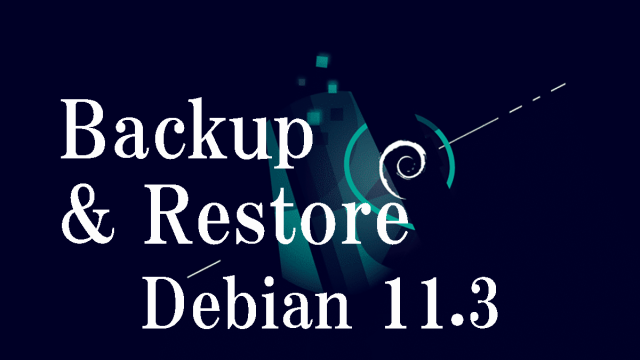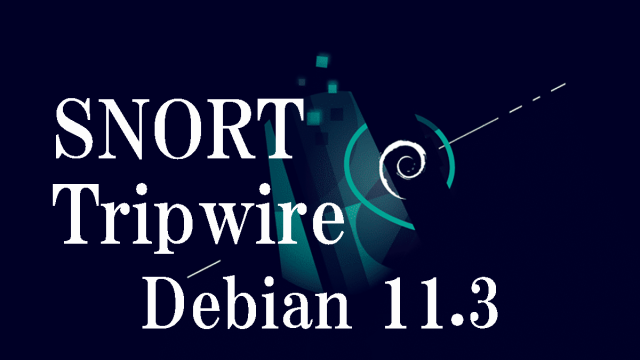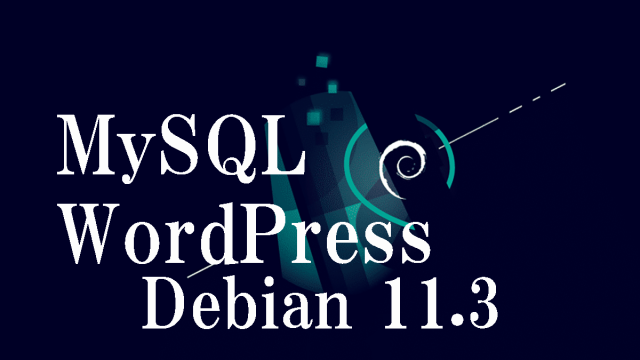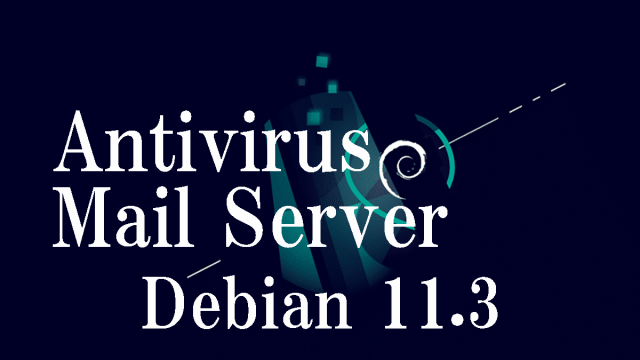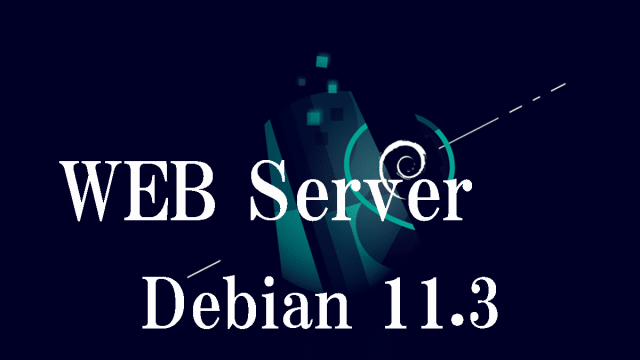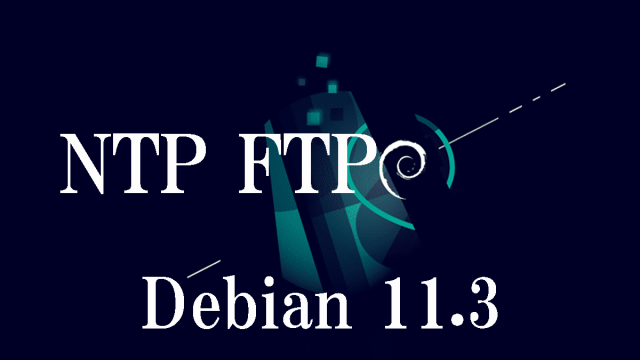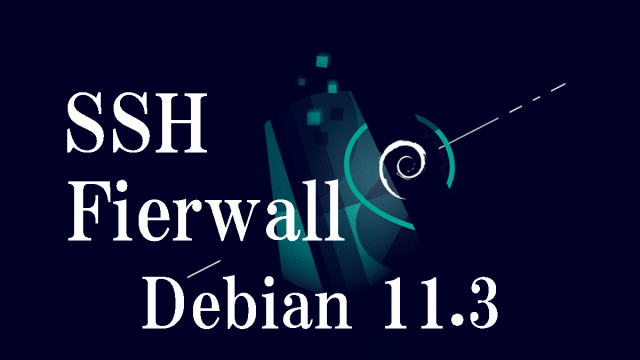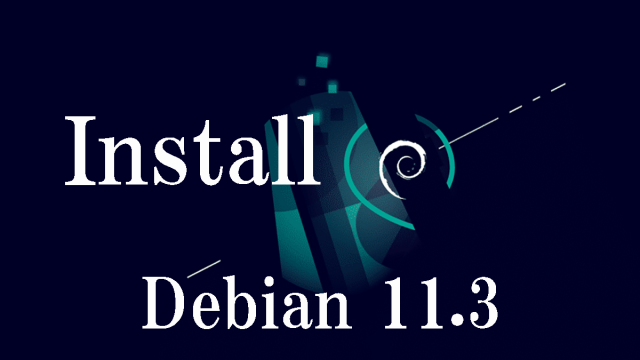 Debian11.3_en
Debian11.3_en Debian11.3 : OS Install
1.Debian11 OverviewIn this article, we will explain how to build a server with Debian, the basis of the user-friendly Linux distribution UBUNTU.The latest release is Debian 11.3 (codenamed "bullseye").Released on August 14, 2021 with an update (point release) on March 26, 2022.2.Download Debian installation imageDebian11 download site https://www.debian.org/Access the above official website and download "debian-11.3.0-amd64-netinst.iso." which is convenient for setup in an environment connected to the Internet.(Fits on a single CD)NETINST allows you to download and install the necessary packages from the Internet, so you can use a smaller installer (approximately 378 MB for v11.3.0) than a full installer.Click through the following screens in order.

